Central Vietnam is the least written-about part of the country, which is why it often flies under the radar of many visitors. Believe it or not, though, it’s my favorite region of Vietnam. The nature is gorgeous, the culture is vibrant, and the area has a fascinating history.
The best representations of why Central Vietnam is so great are the three best-known cities in the region: Da Nang, Hue, and Hoi An. While we also have detailed guides for each of these cities (linked above), here I’ll compare them on a 1-10 rating scale on a range of aspects.
Before getting into the meat of things, I should note that you can easily include all three of these cities in your Vietnam itinerary because they’re very close to each other. The drive down the coast and over the Hai Van Pass from Hue to Da Nang only takes two hours, and Da Nang to Hoi An is only another 45 minutes. This guide is intended to help you decide how heavily to favor each city in your itinerary, not to make you choose only one of them.
I also want to note that these ratings are solely my personal opinions. I have been living in Vietnam for a decade and have spent a total of over a month in each of these three cities, so I have some idea what I’m talking about. Still, though, take the ratings with a grain of salt.
Da Nang: The Capital City of Central Vietnam
Plan your trip to Da Nang
Da Nang has had a much different growth trajectory than other large Vietnamese cities like Ho Chi Minh City and Hanoi. Whereas those other cities have been urban centers in Vietnam for hundreds of years, Da Nang only began developing at a quick rate since North and South Vietnam reunified in 1976. As a result, many of Da Nang’s public spaces were designed and built with more modern purposes in mind. That means wider roads, easier-to-navigate districts, and more green space.



Da Nang Beaches
Rating: 9/10
My Khe Beach in Da Nang’s downtown is almost certainly the nicest beach in Vietnam, with major publications like Forbes and Tripadvisor regularly listing it as one of the most beautiful beaches on earth. Even though it’s so centrally located, the sand is pristine and the water is pure blue. The beach stretches for miles, filled with families playing and people enjoying water sports. And the sunsets over the water are to die for.
My Khe is the highlight, but other beautiful beaches in Da Nang include:
- Non Nuoc Beach, a beach 8 km southeast of the city center, is widely considered even prettier than My Khe.
- Son Tra Peninsula is just next to Hai Van Pass, 8 km northeast of the city center. There are lots of beaches along the peninsula, and they all have clear blue water good for swimming or scuba diving.
- Nam O Beach is located 17km northwest of the city center. It’s a very unique beach because of the hundreds of large smooth stones that seem to be growing out of the sand and the coral reef just offshore.
The beaches are one of the biggest perks of Da Nang. They’re amazingly pristine given the level of ongoing development in the city, and you could honestly spend a week’s vacation just hopping from beach to beach without getting bored if you wanted to.
Da Nang Food
Rating: 7/10
Da Nang exemplifies the heavily spiced Central Vietnam cuisine better than anywhere else since it’s a big city with lots of competition. There are also a lot of options for cuisines, from a vibrant street food scene near the downtown to decent international restaurants of every type. The food tends to be high-quality, too, with food prices being almost as high as in Hanoi and Ho Chi Minh City.
Da Nang Walkability
Rating: 6/10
Most of Da Nang is fairly easy to walk around if you want to because the streets and sidewalks are spacious, especially since the city still has only 1.3 million people. And the downtown area around My Khe Beach, the Dragon Bridge, and Hai Thang Chinh Street has a lot of interesting things to see. The reason I don’t rate Da Nang higher here is that the city is so big and spread out that you simply need transportation to get to most of the coolest attractions.
Da Nang Culture
Rating: 3/10
As mentioned, Da Nang is a young city compared to most large urban areas in Vietnam. In other words, it doesn’t have a long-standing culture. What culture it does have, it’s not making much of an effort to hold onto, since it wants to give off the image of a “city of the future” rather than a home for ancient artifacts.
There are a few museums like the Da Nang Fine Arts Museum and places to see shows like Tuong Theater for traditional Vietnamese opera. There are also several old pagodas like Linh Ung Pagoda in the area. In general, though, other Vietnamese tourist hotspots are more culturally rich.
Da Nang Prices
Rating (with a higher rating equating to lower prices): 5/10
As one of Vietnam’s five most populous cities, it’s no surprise that Da Nang’s prices are steep compared to much of the country. That being said, they’re not as high as the prices in many tourist hubs. Expect to spend about 80% of what you would in Hanoi or Ho Chi Minh City on most expenses, like street food and accommodation. The average daily cost for tourism in Da Nang is $45, according to budgetyourtrip.com.
Da Nang Hotels
Rating: 7/10
As you might expect from one of Vietnam’s biggest cities, there’s a huge selection of hotels in Da Nang. From budget hostels for $8/night to luxurious 5-star resorts for $500, you can find anything you have a desire and budget for.
For those of you who didn’t know, I like to switch my hotel every few nights when I stay somewhere new so I can get a feel for the local hotel scene. I’ve had mostly great service in Da Nang.
Hue: The Historical Capital of Vietnam
Hue is the most historically rich city in Vietnam, hands down. It was the government seat during the Nguyen Dynasty, which shaped modern Vietnam. It was stripped of its title as capital in 1949, but Hue still has a definite feel of royalty to it – more on that in the sections below about culture and food.
Though it has an air of prestige to it, Hue has a quaint and sleepy feel that doesn’t normally go with cities of 500,000 people. The streets are peaceful and quiet and the extraordinarily friendly locals tend to exhibit a laid-back, relaxing way of life.
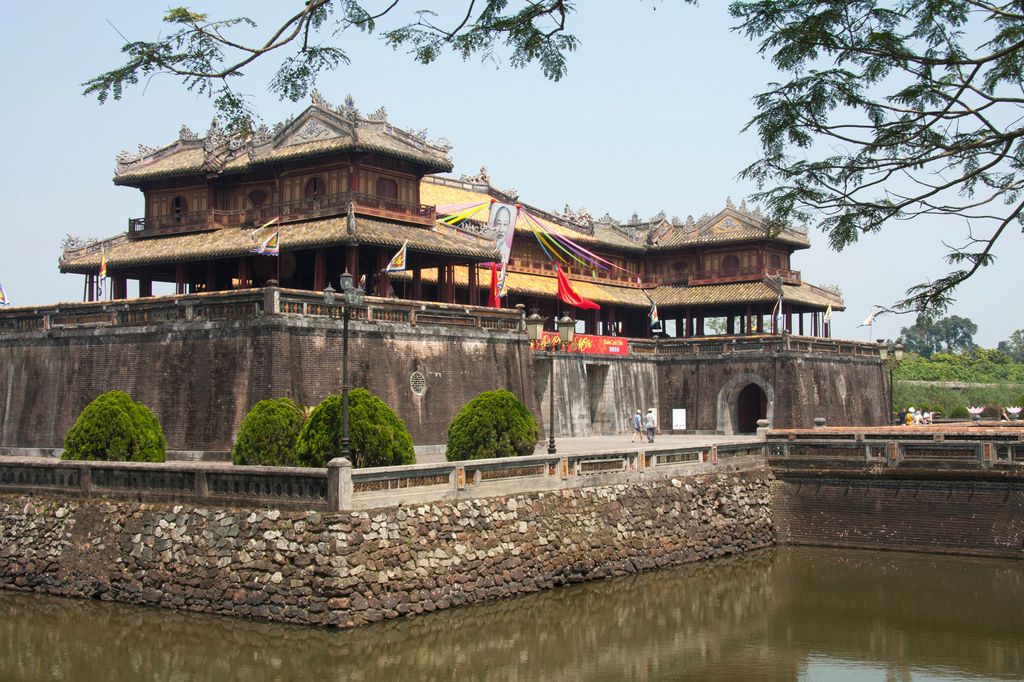


Hue Beaches
Rating: 2/10
Hue is not a beach destination. The seaside is only about 30 minutes away from the city center, but Hue beaches are not generally regarded to be as beautiful as those of Da Nang or Hoi An.
Hue Food
Rating: 7/10
Hue Royal Cuisine is one of the purest examples of the city’s noble heritage. The cuisine tends to make use of aesthetically pleasing ingredients like pumpkin flowers or lightly battered seafood. And a massive amount of care is taken with the plating and presentation, something that sets it apart from most other Vietnamese food. You’ll need to go to a specialized restaurant to try the traditional Royal Cuisine – some good ones are Ancient Hue Garden Houses on Kim Long Street and Royal Park Restaurant on Nguyen Sinh Cung.
Besides Royal Cuisine, Hue’s food scene is fairly average. International food options are not plentiful and tend to be low-quality. The street food culture is not as strong as in larger cities, although I was very happy with most of the street food I had there.
Hue Walkability
Rating: 7/10
Hue is definitely more walkable than Da Nang because there’s just so much to see and do in a small area. You can easily stay entertained for a week without taking any transport other than a cruise boat down the Perfume River. The “golden mile”, the river walk on the south bank, and the night-walking streets around the area will provide countless hours of leisurely strolls.
Don’t worry about traffic being an issue like in Vietnam’s megacities, either. People in Hue drive slowly and the roads are empty enough so you’d be comfortable even if they didn’t.
For my favorite walking route in Hue, check out the “walking safari” section in the Hue City Guide linked at the end of this post.
Hue Culture
Rating: 10/10
As mentioned, Hue has a richer culture than any other city in Vietnam because of its history as the seat of royalty. The locals are extremely proud of that fact, too; though they’re very friendly, they don’t take kindly to behavior that’s dismissive of the local culture. They’ll also jump at the opportunity to share their culture by weaving a story about days gone by or teaching you about local traditions.
There are cultural and historical monuments everywhere, including:
- Hue Imperial City, the heart of culture in the city
- Thien Mu Pagoda
- The Royal Tombs of the Nguyen Emperors
- Hue Museum of Royal Antiquities
- The Perfume River and the dragon boat cruises on the river
The sites noted above are just a tiny sampling of what Hue has to offer in terms of culture. For those interested in learning about pre-colonial Vietnam, Hue is the #1 destination in the country. You can take this full-day Hue City tour, which includes most of the cultural and historical spots listed above.
Hue Prices
Rating (with a higher rating equating to lower prices): 9/10
I got a better “bang for my buck” in Hue than in any other Vietnamese city I visited. Street food, coffee shops, and local markets were cheaper than I’m used to, even in the already-inexpensive landscape of Vietnam.
Budgetyourtrip.com says the average tourist spends more in Hue than in Da Nang or Hoi An at $48/day, but I have to say my experience is inconsistent with that. Maybe it’s because I prefer exploring the city on foot to taking organized tours, and Hue is such a good city to walk around.
Hue Hotels
Rating: 4/10
Hue has a wide range of accommodations depending on budget. While most of the places I’ve stayed there have been perfectly acceptable, however, I can’t remember any of them bleeding character or providing memorable experiences. Whereas I’ve had great stays at hotels in Da Nang and especially Hoi An (spoilers for the next section), I’ve found Hue’s hotel scene to be very mediocre.
Note: All of the nicest hotel experiences I’ve had in Hue were at properties located in the area of Vincom Plaza Hue, just across the Perfume River from the Imperial City.
Hoi An: The Most Culturally Rich Town in Vietnam
Hoi An is my personal favorite place in Vietnam for short stays (one week or less). It’s absolutely dripping with culture, from the French-Japanese-Chinese architecture to the street performances to the beautiful lanterns being sold along either side of the Thu Bon River. There is a lot more that makes Hoi An special, and I’ll go over it in this section.
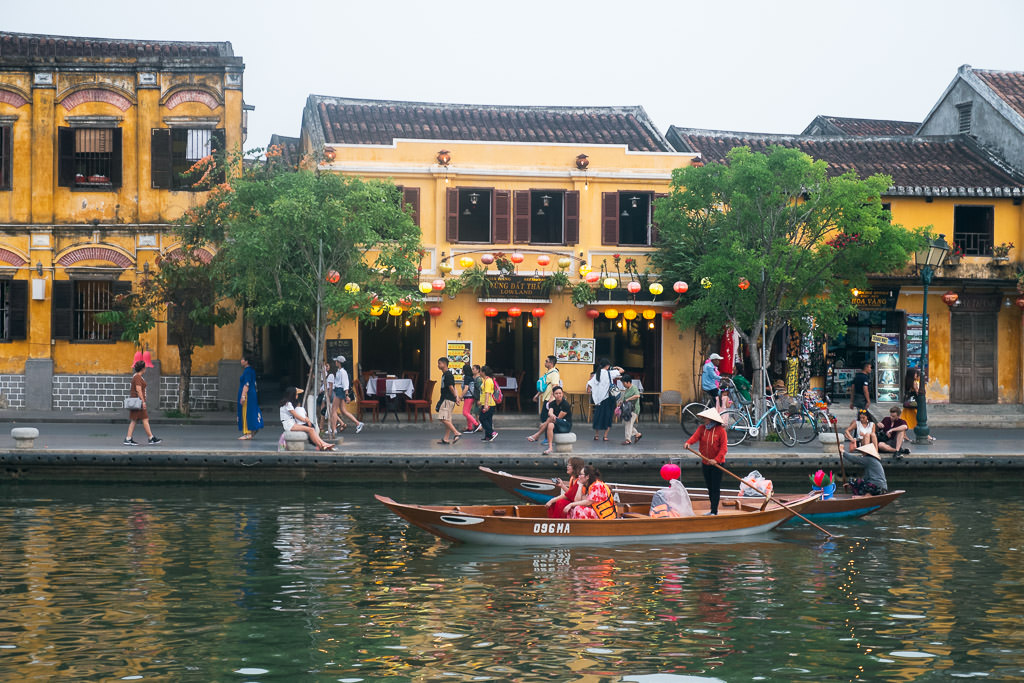


Hoi An Beaches
Rating: 8/10
Most people don’t realize that Hoi An’s town center is just a 15-minute drive from some of the nicest beaches in Vietnam.
An Bang Beach is probably the most impressive beach near Hoi An. It’s extremely popular and draws a lot of people, but it’s also very well-maintained and has a lot of water activities to create a memorable experience.
The area also has a few beaches that are more serene and undeveloped than An Bang which I would definitely recommend, including Coconut Beach and Ha My Beach.
Whereas almost every beach at top-tier beach destinations like Da Nang or Nha Trang is a great experience, however, the Hoi An beaches have their duds. Notable beaches to avoid near Hoi An include Hidden Beach (a misleading name) and Cua Dai Beach, both of which are overcrowded and dirty.
Hoi An Food
Rating: 5/10
The biggest downside of Hoi An is that it’s extremely touristy. And, like in most towns with an economy reliant on tourism, the food is a bit overpriced and lacking in quality. It’s not unhygienic and it will still serve as a good “lite” version of what Vietnamese cuisine has to offer, but I’ve had better versions of nearly everything I ate there – even Hoi An specialties like cao lau and mi quang – in Da Nang and Hue.
Hoi An Walkability
Rating: 10/10
As long as the weather permits, Hoi An is endlessly walkable. The architecture and lake provide a scenic backdrop for strolls, and there are clean sidewalks on every street so you can avoid the traffic (which is very light anyway). There are also tons of alleyways that more often than not contain cool little cafes, restaurants, or arts and crafts workshops. Locals are friendly and will always point you in the right direction if you ask for help. Simply exploring Hoi An on foot may be the best tourist experience in Vietnam.
Hoi An Culture
Rating: 8/10
Hoi An’s culture is strong, and the town wears that culture on its sleeve. A few cultural displays that visitors will stumble across when they’re out and about include:
- Street performances of traditional Central Vietnamese dances or music.
- Ongoing cooking classes or workshops to make traditional crafts like paper lanterns or painted masks. Passersby can join in or sign up for a future class.
- Artisans making and selling traditional wares like calligraphy-inscribed parchments.
- Old cultural artifacts.
- Famous structures like the Old House of Tan Ky or the Japanese Covered Bridge that will give you further insight into the local culture via written guides.
Hoi An Prices
Rating (with a higher rating equating to lower prices): 4/10
Hoi An is a tourist destination first and foremost, so most things tourists would be interested in are a bit more expensive than they are elsewhere. For example, street food, souvenirs, and hotels were a bit pricier than what I found in most other popular Vietnamese spots.
Budgetyourtrip.com says average tourist spending in Hoi An is the same as in Da Nang at $45/day, but I have to disagree again. I found Hoi An to be as expensive as the largest cities in Vietnam, especially because there is so much to do in the area (and, therefore, so much to spend money on). The only reason this rating is not lower is because I think those prices are justified; the food and wares sold in Hoi An were mostly quite high-quality.
Hoi An Hotels
Rating: 9/10
With all the competition coming from its sky-high tourism numbers, Hoi An has some pretty amazing hotels. You can read the Hoi An City Guide linked at the end of this post for specific recommendations, but I will say that some of my very best hotel memories in Vietnam took place in Hoi An. Lots of the properties really nail the serene, pretty, yet vibrant feel that makes Hoi An such an amazing place, and the level of service was higher than most places in Vietnam most of the time.
Comparing Da Nang vs Hue vs Hoi An
The table below summarizes my ratings for each city across the discussed metrics. It may help you decide which one to spend the most time in depending on what type of activity you’re looking for during your trip.
| Criterion | Da Nang | Hue | Hoi An |
| Beaches | 9 | 2 | 8 |
| Food | 7 | 7 | 5 |
| Walkability | 6 | 7 | 10 |
| Culture | 3 | 10 | 8 |
| Prices | 5 | 9 | 4 |
| Hotels | 7 | 4 | 9 |
| Average Rating | 6.2 | 6.5 | 7.3 |
If you want a definitive verdict from me on which I think is the best, I’ll tell you that I enjoy Hoi An the most. As this breakdown should illustrate, though, that’s just my personal opinion based on the strengths I perceive in the city. It may very well be different for you.
What Kind of Traveler Will Enjoy Each City the Most?
Da Nang, Hue, and Hoi An are all great cities that deserve at least two or three days each, but you may want to divvy up your time between them according to what you’re looking for out of your Central Vietnam travel experience.
Da Nang will appeal most to travelers who prioritize comfort. It’s a sleek, modern city, and it has world-class amenities that Hue and Hoi An don’t.
Da Nang is also the best choice for travelers who love exploring mountains, as the Marble Mountains and Hai Van Pass are both wilderness adventures beyond what you’ll find in the areas around the other cities.
Hue is a paradise for culture and history enthusiasts. A firsthand deep dive into Hue’s history could easily take a few weeks, and even a cursory glance will fill a few days.
Hue is a great Vietnamese vacation for couples, too, as it has a reputation among Vietnamese people as being the most romantic city in the country.
Lastly, it’s a good destination if you’re backpacking in Vietnam.
Hoi An has a broader appeal that makes it a good stop for any type of traveler. It may be especially beloved, though, by people who would rather stay in a small town than a city.
Hoi An is also a great first stop for those who have never visited Asia before because it does a good job of combining the full beauty of Asian culture with Western standards of comfort and service.
Before I sign off, let me repeat: Da Nang, Hue, and Hoi An are all great places to visit! They tend to have different quality standards when it comes to beaches, food, walkability, cultural immersion, prices, and hotels, though, and in this guide, I’ve tried to sum up my opinion of each. I hope my observations help you to more precisely plan your visit to Central Vietnam.
Some links may be affiliate links, meaning I may earn commission from products or services I recommend. For more, see site policies.
Posted AUG 22, 2024

![10 BEST Camera Backpacks for Travel [2024 Guide]](https://www.nomadasaurus.com/wp-content/uploads/2022/02/Best-Camera-Backpack-Feature.jpg)
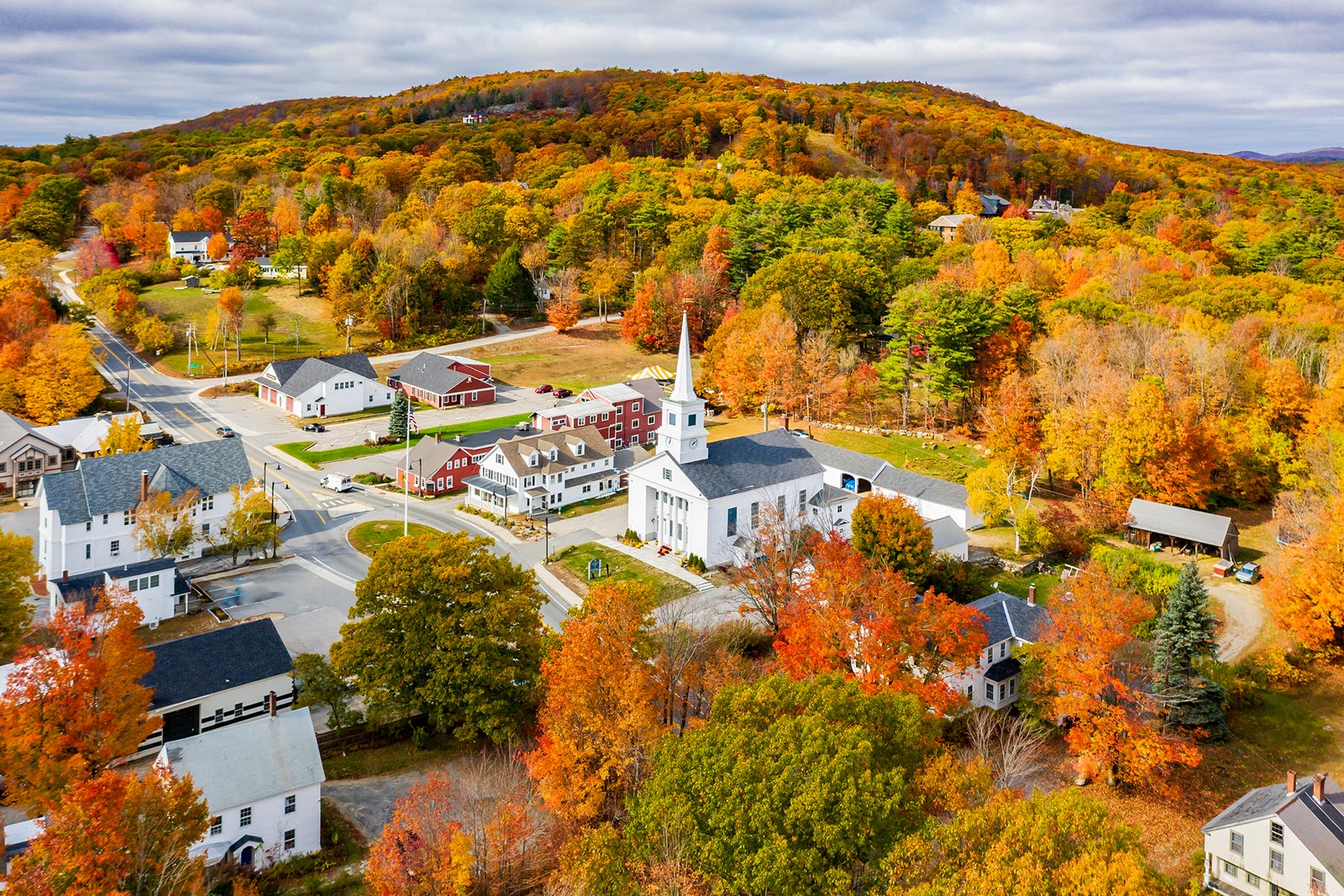








![GoPro HERO 13 Review – The Ultimate Camera Guide [2024]](https://www.nomadasaurus.com/wp-content/uploads/2024/09/GoPro-HERO-13-Black-Review-Feature-Image.jpg)




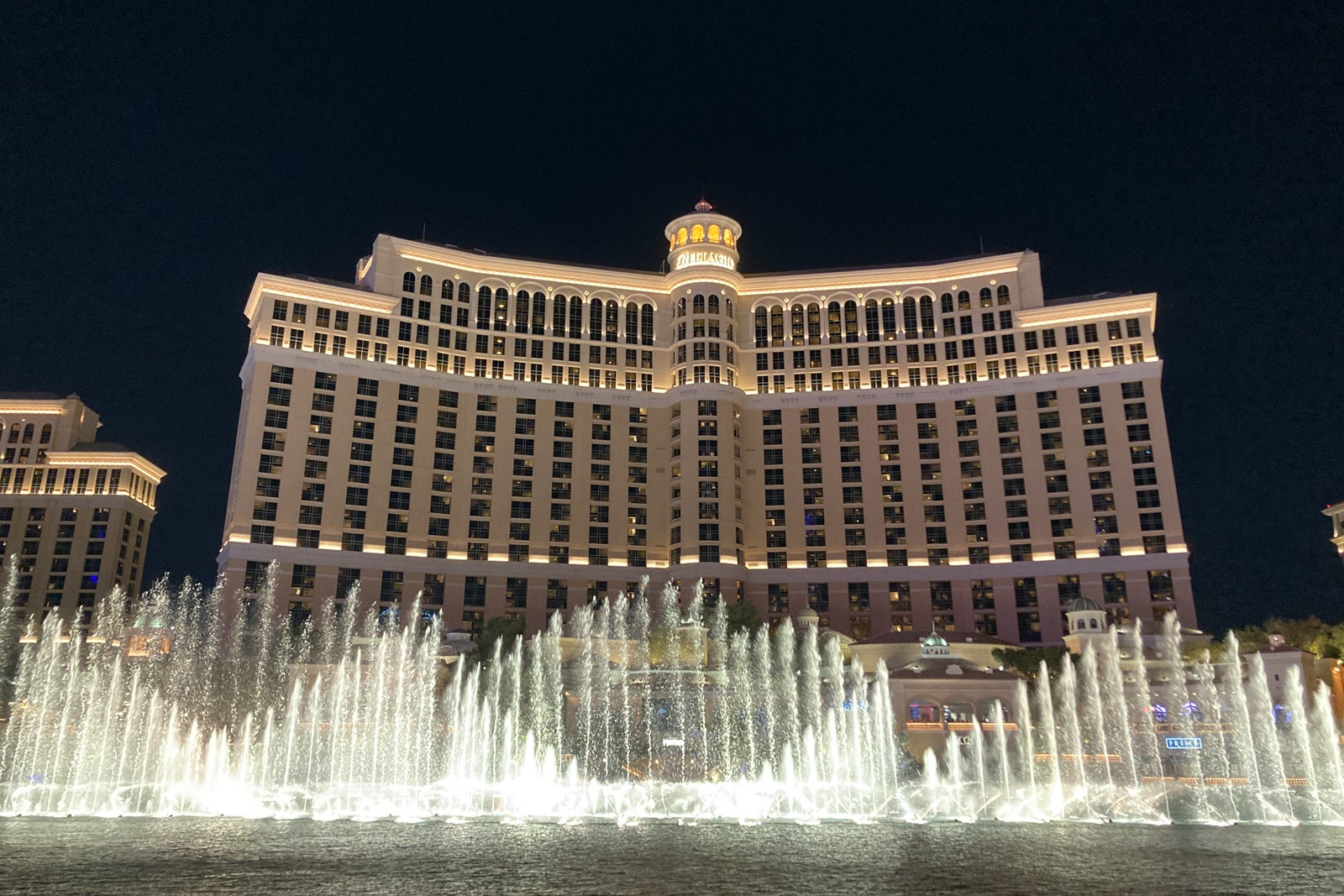
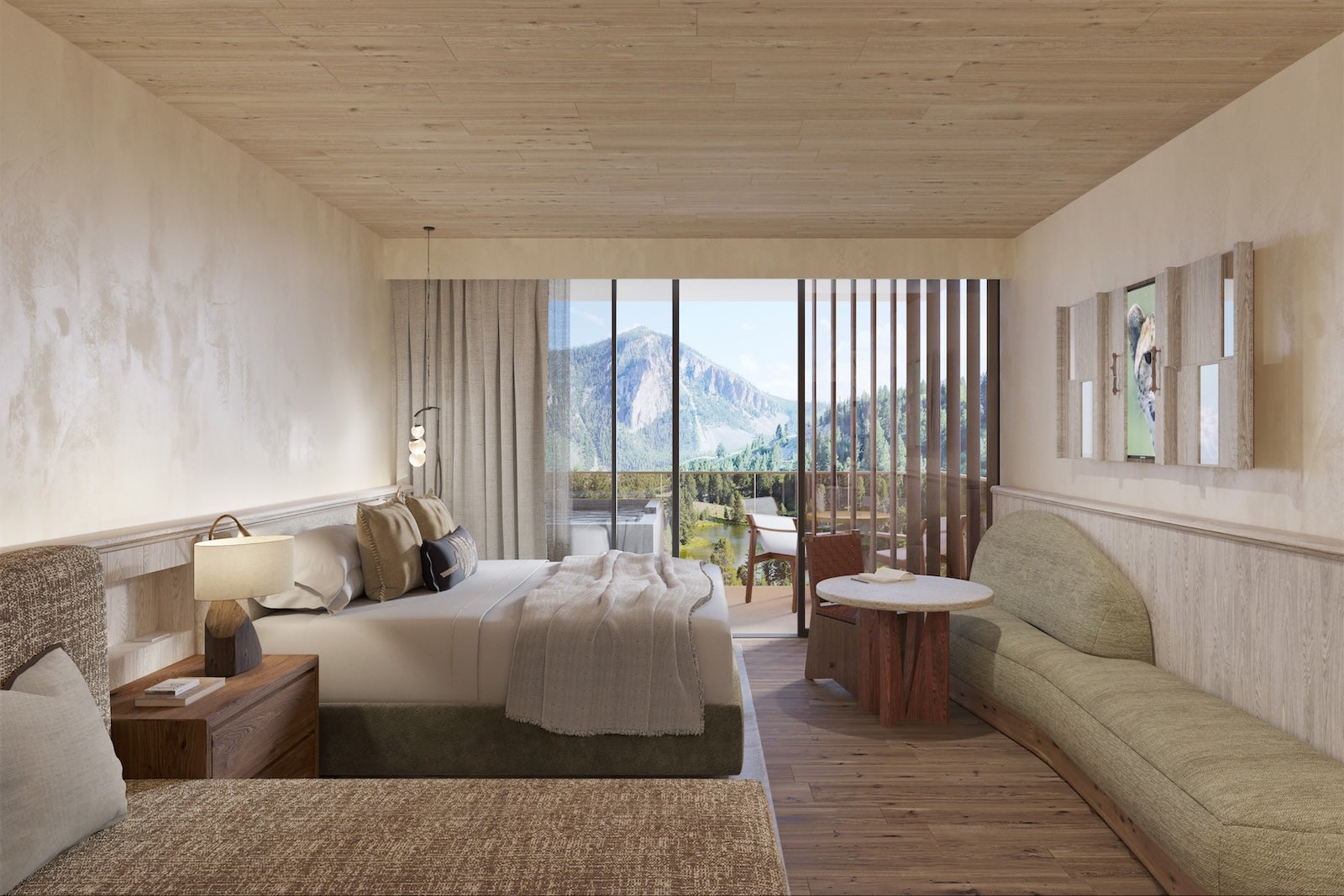
 English (US) ·
English (US) ·